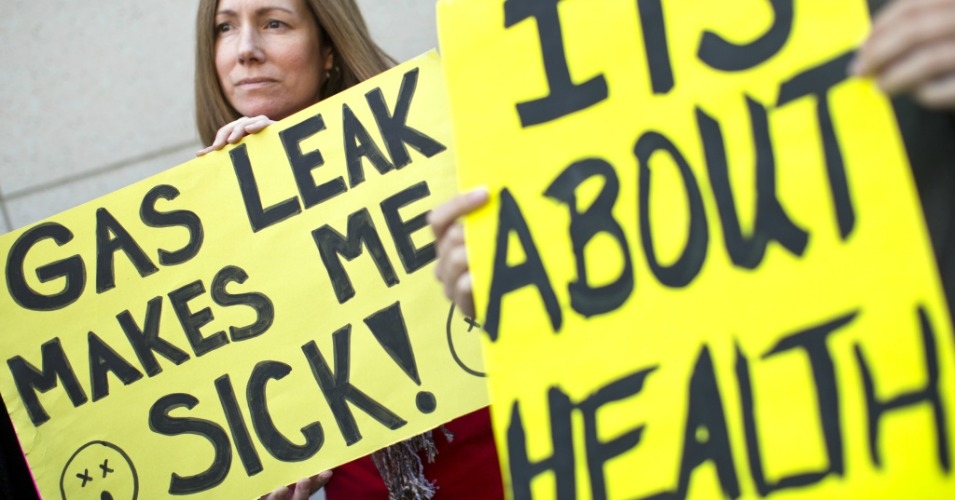AT LENGTH--In every crucible where there are actors with competing interests, there is conflict. Without conflict there can be no resolution, let alone an end to a crisis. Random Lengths has played critical and important roles in most of the crucibles that have transformed the Los Angeles Harbor Area in the past 35 years.
The first crucible, which proved momentous in this paper’s history before it was even founded, occurred on the night of Dec. 17, 1976.
At the time, I had just moved into a new place I rented on 32nd Street, overlooking Cabrillo Beach and the West Channel, just a half mile from berth 46 at the Port of Los Angeles.
My friend Patrick was setting up my stereo in time for my birthday party. As he tinkered with the sound system, a glimpse out a living room window facing the bay caused him to excitedly call me over.
“Wow, James, you’ve got to come see this!”
He said it with such intensity that I immediately ran to see what he was witnessing.
Outside, across the channel was a ball of fire rising above a dark column of smoke, hundreds of feet into the sky as a Liberian oil tanker, called the S.S. Sansinena, exploded.
As light travels faster than sound, we stood there in awe for several seconds before we were hit by the concussion of the explosion.
All of the windows of my new apartment were turned into glass shards, barely missing my face as I ducked for cover. It was a night indelibly etched into my mind without having to go to the emergency room.
The ship was built in 1958 and had just discharged its cargo of crude oil into the tanks of Union Oil that were once located at 22nd Street and Harbor Boulevard. The Sansinena was taking on ballast and fuel when the massive explosion split the ship in half and obliterated multiple port buildings.
The blast shattered windows for miles around and triggered a fire that spread across the dock and in the water around the tanker. The LA Fire Department soon arrived on the scene to contain the blaze and rescue the survivors—casualties included six dead, three missing (but presumed dead) and 46 injured.
The Coast Guard investigation later concluded that the incident was caused by flammable vapor buildup on the deck of the ship. The ignition source was never identified.
This happened just three years before the first edition of Random Lengths hit the streets in December of 1979. The front-page headline of that edition read: “GATX Chemicals Endanger Harbor Area Residents, Government Shields Conglomerate in Effort to Bypass Zoning Regulations.”
Another crucible was when the port’s attempt to raze Knoll Hill in order to expand berths 97-102 during Mayor Richard Riordan’s administration—berths now occupied by China Shipping terminal.
The port’s continued purchase of property on this small knoll overlooking the main channel near the Vincent Thomas Bridge portended the hill’s ultimate demise. This was to be just another one in a long line of port excavations of small hills of San Pedro to accommodate port industrialization.
An off-the-record phone call by a harbor commissioner tipped me off to the coming crisis precipitated by an impending action by the Harbor Commission board.
The loss of one more hill to port expansion and the further encroachment of industrial port operations with its air pollution on the community was just the last straw for some activists.
The acting port director, Bruce Seaton, responded to community concerns with an “aw shucks- let’s go have some Busy Bee sandwiches” approach, and was seen as patronizing and was rebuffed.
Only after a community forum—sponsored in part by this newspaper—did port staff began to realize there was significant community opposition. Private meetings were set up, but devolved when it became apparent that the port was bent on bulldozing its way through the hill and the community. The community responded with a lawsuit.
The San Pedro Home Owners Association, lead by Janet Gunter, Andy Mardesich and Noel Park with the help of the Natural Resources Defense council alerted the community and sued the port and won a game-changing appeal. That one major victory over the industrial expansion of the Port of Los Angeles ended what one harbor commissioner, John Wentworth, termed the “100-year war” with the community.
From that first story on the toxic GATX storage facility for petroleum products to the battle over the Port of Los Angeles petroleum coke export terminal to this story and most recently the redux of the China Shipping terminal dispute and settlement, Random Lengths has been on the side of the community reporting on the issues that affect this area the most, and in the process, giving voice to hundreds of community activists who have fought for years, often decades, to have economic and environmental justice issues settled, redressed or significantly mitigated.
These storylines started the 35-year editorial trajectory of this publication, going from reporting on the crisis to covering the ensuing conflicts, addressing issues of environmental injustice and the Port of Los Angeles’ responsibility of maintaining as sacrosanct local residents’ connection to their waterfront.
Along the way, Random Lengths has stood fast to its principles of free speech, open government and protecting the rights of the greater harbor area community. This has not ever been an easy job.
Also, on the front page of that inaugural issue was the paper’s mission statement, which read in part:
“What you read here you are not likely to find in other local newspapers, for we are not afraid of being controversial. On the contrary, we are committed to promoting an open dialogue on the important questions concerning our community [and] unlike other papers, we invite your participation, and in fact we depend on it.”
With the distance I now have from the writing of that mission statement and from my memory of having been at the masthead of this publication over the ensuing years, I can say with confidence that we have stayed true to that mission.
The Los Angeles Harbor Commission meeting on Dec. 17 is a crucible that brings Random Lengths full circle.
The Saving San Pedro’s Waterfront group, made up of local realtors, led by John Papadakis, is critical of Jericho Development and Ratkovich Co. The developers signed a 55-year lease with the port. It only develops 150,000 square feet of Ports O’Call Village.
During the public comment period, Papadakis remarked before the commission that, “This century began…with two great mayors in Richard Riordan and James Hahn…both had hearts of true servants when they adopted the Bridge to Breakwater promenade plan and began to plan and build it.
“They understood that our greatest resource our waterfront must be used to create prosperity, not poverty,” he said. “That the sea signifies life not the bringer of environmental crimes; that the people are the true owners and have the right of primary access to the water line, the highest and best use of the public shores that all people must economically benefit from the use of the waterline—not just one industry.”
Papadakis continued his scathing remarks. “This, the wealthiest port in the western hemisphere is housed in the only seaside slum in America,” he said. “That is a civic crime, commissioners. You’re crucifying this community on the iron cross of the cargo industry, by the orders of so-called leaders who are really public cannibals feeding on the dying carcass of the Harbor Area—for shame—by violating emission standards by intentionally choosing a deficient and unproven development team for the prime commercial opportunity at Ports O’ Call.”
Harbor Commissioner Dave Arian shot back. “It’s hard to sit up here and listen to this crap,” Arian said. “You live up there on the hill and you’re the slumlord in this town.” He then went on to say that, “If you want a fight, you got one and so do all you realtors.”
These remarks are reminiscent of those reported in the Daily Breeze almost 8years ago in an article titled “Revised LA Port plan derided at meeting” staff writer Donna Littlejohn wrote, “At last. It appears that the Port of Los Angeles has finally found consensus on its latest waterfront plan revision. Nearly everyone hates it.”
She proceeded to explain, “The new, scaled-down version unveiled at a public meeting this week drew scathing criticism, raising questions about the future of the 5-year-old dream of recreating San Pedro’s west channel with commercial and recreational uses.”
This continuing to echo what Papadakis envisioned as the grand “Bridge to Breakwater” plan.
This clearly sets the stage for the next conflict to come as the plans for the Ports O’ Call (photo above) development have not been discussed publicly for over two years. It also brings into focus the decades-long debate over the future of the Los Angeles waterfront that we have covered from the very beginning and brings some things almost full circle. The crisis of conflict continues.
(James Preston Allen is the Publisher of Random Lengths News, the Los Angeles Harbor Area's only independent newspaper. He is also a guest columnist for the California Courts Monitor and is the author of "Silence Is Not Democracy- Don't listen to that man with the white cap--he might say something that you agree with!" He was elected to the presidency of the Central San Pedro Neighborhood Council in 2014 and has been engaged in the civic affairs of CD 15 for more than 35 years. More of Allen … and other views and news at: randomlengthsnews.com ) Prepped for CityWatch by Linda Abrams.
-cw
CityWatch
Vol 13 Issue 105
Pub: Dec 29, 2015

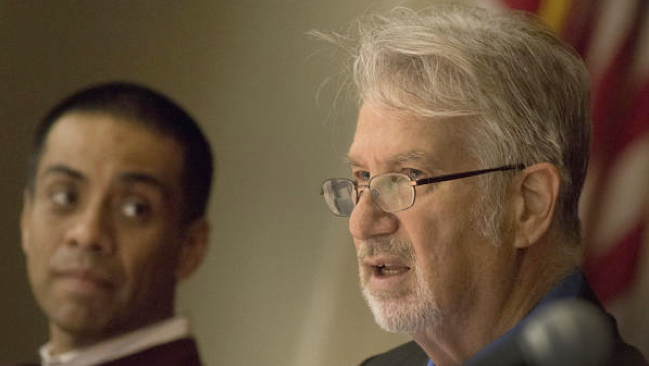




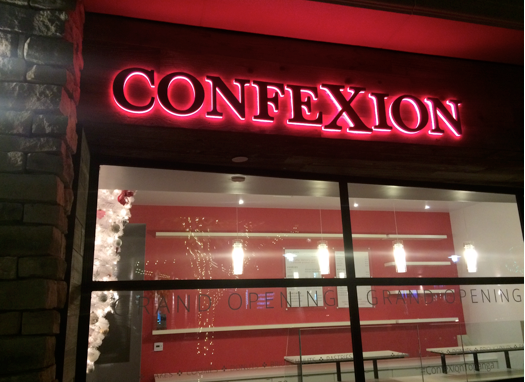
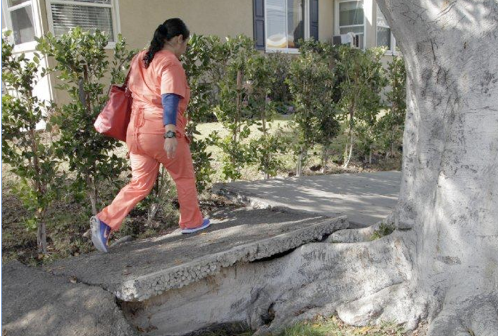

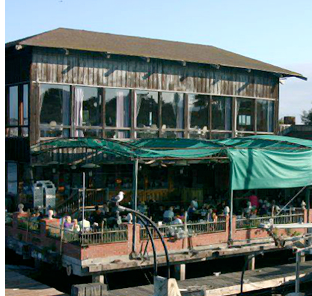




 THE BUSINESS OF FAMILY LEAVE-Kirsten Calkins was about five months pregnant with her first child, working as an executive coordinator at a small nonprofit in Portsmouth, New Hampshire. Like many working parents in the U.S., she worried about how she’d manage having less money coming in while she cared for a new infant.
THE BUSINESS OF FAMILY LEAVE-Kirsten Calkins was about five months pregnant with her first child, working as an executive coordinator at a small nonprofit in Portsmouth, New Hampshire. Like many working parents in the U.S., she worried about how she’d manage having less money coming in while she cared for a new infant.






 Dishing out planning and zoning exceptions to super-sized projects allows us to be modern, to no longer be stuck in the past. Really? If we have learned anything from the recently concluded Paris climate summit, it is that modernity means dealing with climate change, not thumbing our nose at it through zoning approvals that allow mega-project after mega-project to proceed despite their unmitigatable levels of Green House Gases.
Dishing out planning and zoning exceptions to super-sized projects allows us to be modern, to no longer be stuck in the past. Really? If we have learned anything from the recently concluded Paris climate summit, it is that modernity means dealing with climate change, not thumbing our nose at it through zoning approvals that allow mega-project after mega-project to proceed despite their unmitigatable levels of Green House Gases. 

